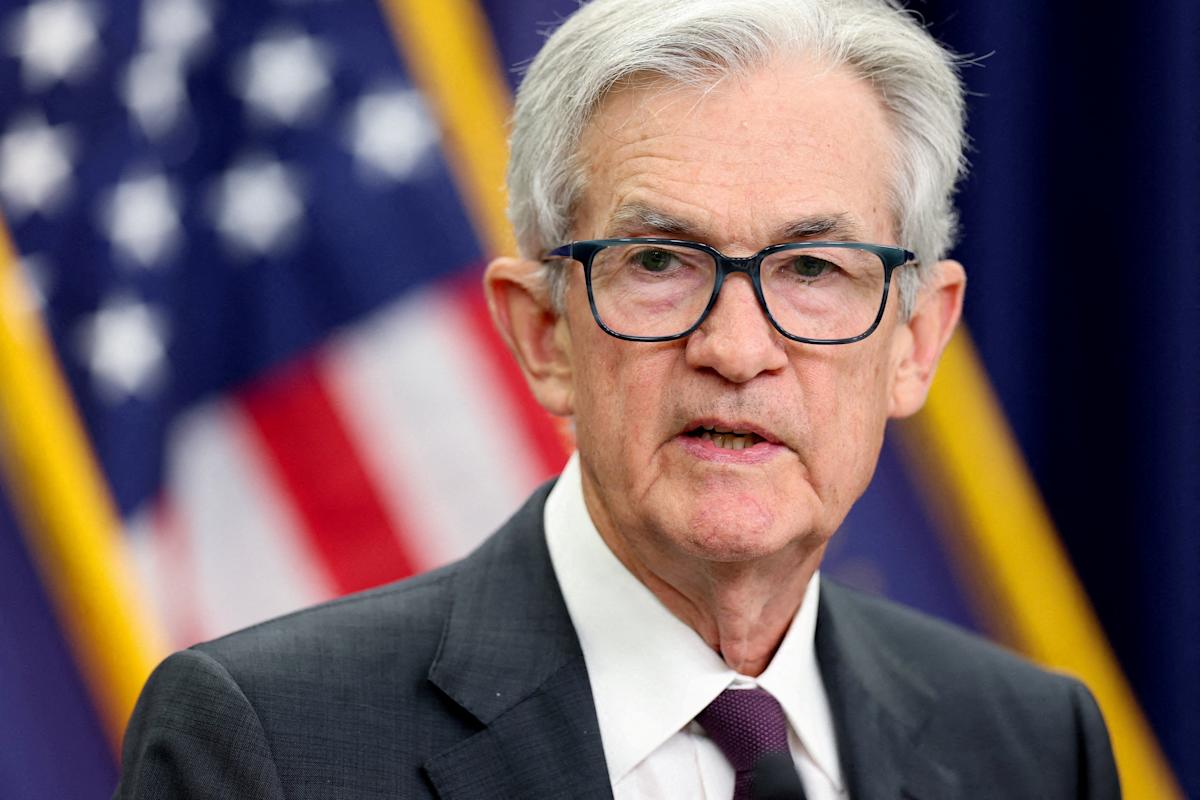Fed signals two more cuts in 2025, raises GDP forecast for the year
The Federal Reserve’s latest “dot plot,” which outlines policymakers’ interest rate projections, now signals two additional rate cuts in 2025, on top of the quarter-point move announced Wednesday.
That path would bring the benchmark rate down to a range of 3.50% to 3.75% by year-end.
On Wednesday, the Fed lowered its benchmark rate by 0.25 percentage points to a range of 4.00% to 4.25%, marking its first cut of the year. Back in June, officials had penciled in two cuts in total, which would have taken the benchmark to a range of 3.75% to 4.0% by December.
Alongside the policy decision, the Fed released updated economic forecasts in its Summary of Economic Projections (SEP), offering fresh insight into how officials expect growth, inflation, and unemployment to evolve in the months ahead.
The central bank raised its projections for economic growth at the end of the year and held steady its forecast for inflation and unemployment, although the central bank did say in its policy statement that the downside risks to employment have risen.
Fed officials see the fed funds rate falling to 3.6% this year, compared with their previous June projection of 3.9%.
Coming into the decision, markets had been pricing in two to three rate cuts in 2025, according to Bloomberg data. The Fed had already lowered rates by a full percentage point in 2024, and Wednesday’s move is being described as the start of a new easing cycle after the central bank remained on pause through the first part of the year.
Officials project one additional rate cut in 2026 as they did in June.
On the near-term outlook, similar to June’s forecast, division is still evident among FOMC officials.
18 officials predicted at least one rate cut in 2025, with one policymaker even projecting six cuts.
Just a single FOMC member saw no change in rates this year, down from seven in June, underscoring a more dovish stance across the committee. Six officials expect only one cut, while nine anticipate three.
The updated forecasts suggest the Federal Reserve will prioritize a weakening labor market as it charts its next moves on interest rates.
That dovish tilt has helped fuel Wall Street optimism. Strategists at Wells Fargo, Barclays, Deutsche Bank, among others, have all lifted their S&P 500 targets in recent days, citing resilient earnings, the AI investment cycle, and the prospect of lower rates as the backbone of the market’s next leg higher.
At the same time, fears of stagflation — a bleak economic scenario of stalled growth, sticky inflation, and rising unemployment — have escalated since the start of the year, and Wednesday’s projections underscored those concerns.



Leave a Comment
Your email address will not be published. Required fields are marked *